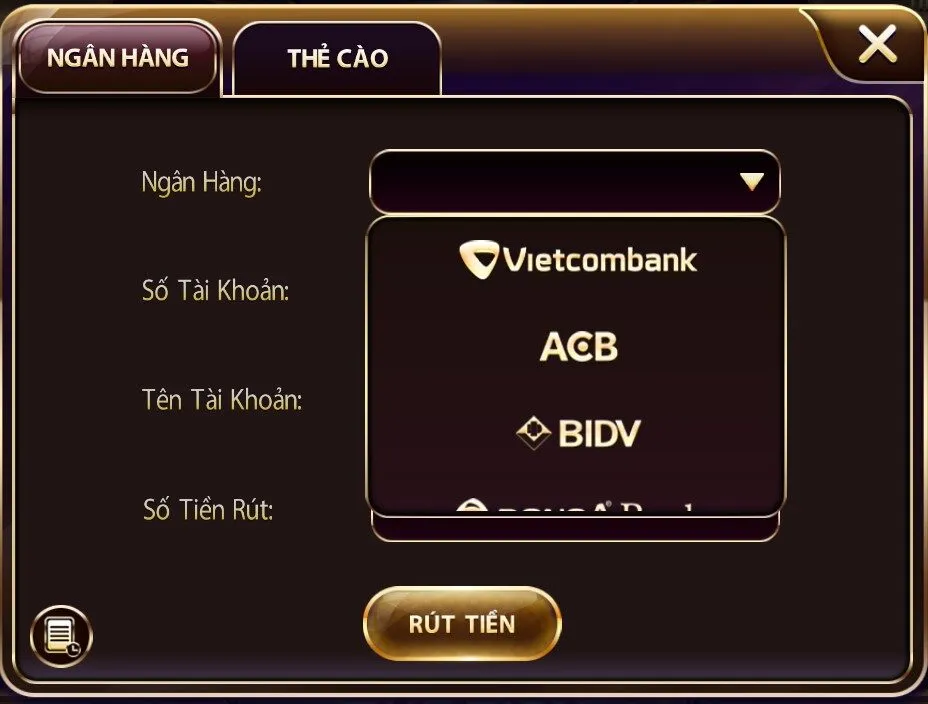Sunwin - Trải nghiệm cổng game bài đẳng cấp & hot nhất 2025
Sunwin luôn nằm trong top cổng game bài đổi thưởng được nhiều người chơi tin tưởng. Nền tảng này cung cấp hàng loạt phiên bản game trực tuyến mới nhất, đáp ứng đa dạng sở thích của anh em. Dù bạn yêu thích thể loại nào, Sunwin đều có sẵn để anh emtrải nghiệm. Cùng chúng tôi khám phá ngay nhé.
game bài đổi thưởng sunwin
Bắn cá xèng 777 – thế giới bắn cá đổi thưởng cực thú vị cho tân thủ
Nếu bạn là người yêu thích thể loại game bắn cá, muốn đắm mình trong [...]
Bắn cá thần rồng – Khám phá game bắn cá hay nhất Sunwin
Bắn cá thần rồng là một tựa game bắn cá mang đến những phút giây [...]
Tài xỉu livestream Sunwin – Tìm hiểu cách cược chi tiết
Tài xỉu livestream Sunwin mang đến bạn trải nghiệm giải trí thú vị. Cổng game [...]
Mậu binh Sunwin – thế giới game cá cược đẳng cấp dành cho tân thủ
Mậu binh Sunwin là game bài đổi thưởng hấp dẫn và thú vị rất được [...]
Bắn cá thần tài – Khám phá siêu phẩm bắn cá có tại Sunwin
Bắn cá thần tài từ trước đến nay vẫn luôn là tựa game bắn cá [...]
Xóc dĩa Sunwin: Luật chơi, mẹo chơi bất bại từ các cao thủ
Xóc dĩa là game cá cược đổi thưởng đang được rất nhiều người Việt tìm [...]
Chia sẻ từ A-Z các kiến thức về bắn cá Long Vương
Bắn cá Long Vương được biết tới là tựa game không còn quá xa lạ [...]
Top game đánh bài kiếm tiền trên Iphone được yêu thích nhất
Nhiều cược thủ hiện nay thường tải các game đánh bài kiếm tiền trên Iphone [...]
Roulette 3D Sunwin – Thử vận may qua vòng cò quay online
Roulette 3D Sunwin là trò cược casino thú vị, kinh điển, thu hút sự quan [...]
Hướng dẫn tân thủ cách chơi Phỏm Sunwin từ A – Z cực chi tiết
Phỏm Sunwin là một game bài online hấp dẫn nhất với cược thủ Việt hiện [...]
Hướng dẫn đăng nhập Sunwin chi tiết nhất hiện nay
Đăng nhập Sunwin sẽ giúp bạn thoải mái trải nghiệm đa dạng phong phú hàng [...]
Rút tiền Sunwin – Rút tiền về tài khoản trong 1 nốt nhạc
Rút tiền Sunwin là thao tác mà người chơi nào cũng mong muốn sau khi [...]













